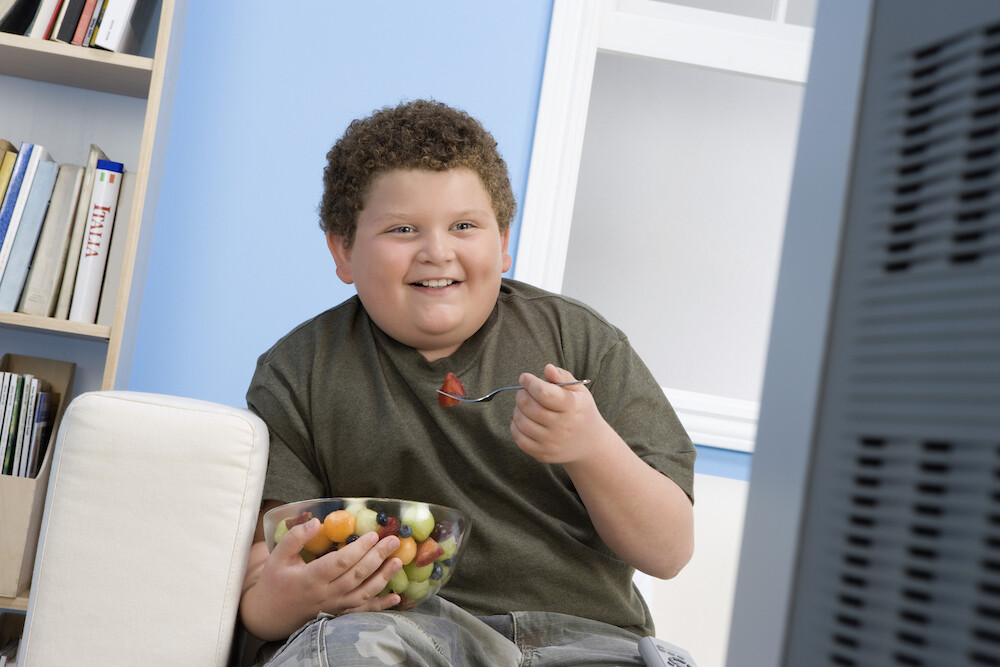How to manage childhood obesity in your chiropractic practice
I was making a quick errand to the local shopping mall on a rainy day in the school holidays. I’m not keen on shopping malls at the best of times, but on this particular day I have to admit that I was totally shocked. The number of big people, particularly children, I saw wandering around enjoying themselves was mindboggling!
Everywhere I looked there were chubby cherubs, bulky babies, plump children – let’s be frank: Fat kids. I shouldn’t be shocked – it’s nothing new, but I still left the place really worried about the state of health in our world.
Recent research suggests that we now have more obese people in the world than undernourished(1). The biggest proportion of these live in China and USA, but with 28% of the adult population being obese(2), Australia is not far behind. And it’s not just adults either. According to Australian Institute of Health and Welfare, 25% of Australian children are overweight or obese(3).
I am definitely not an expert on obesity in any way, shape or form. However, I do think that to reach optimum health potential, it is essential to be within a healthy weight range and that we as practitioners address this with the families we care for. It’s a complicated and delicate issue though. Stating the obvious – that intake needs to match output – is not likely to inspire the lifestyle changes needed to make a real difference.
A complicating factor is that parents often don’t even perceive their overweight children as being anything but normal, and even identify kids in the normal weight range as ‘skinny’(4).
As a first step consider these points for the ‘supersized’ child in your practice:
- This is a whole family affair. Include everyone in your conversation and advice.
- Encourage everyone to move more: ride the bike to school, walk the dog, play at the park after school, join a team sport.
- Add healthy foods to diet rather than taking away to avoid preoccupation with ‘Can’t Haves’ (Eat an apple before the biscuit) .
- Encourage home cooking to limit processed foods – Let everyone help prepare the food (You can help by having easy and nutritious recipes handy).
- Enjoy meals together as a family – being present and mindful about the nourishment rather than distracted by screens.
- Don’t make the jump too big. Although paleo, vegan or gluten/dairy free may be best, it may be too hard for someone used to eating at fast food outlets.
A vital consideration when caring for a large child, especially if the rest of the family is not so large, is the possible emotional reasons for eating. Is the child before you crying out for help, but doesn’t know how to express it? Is he or she not coping with life and trying to relieve feelings of stress, worry, anxiety, loneliness, anger, boredom, depression or exhaustion by feeding an unsatisfiable emotional hunger?(5) Or is it a learned behaviour with food as reward and celebration that he craves? To get to the bottom of this, it may be worth enlisting the help of other professionals such as psychologists, councillors and nutritionists.
Also, it is not just the amount of food and the density of the nutrients that needs to be looked at when you are caring for a child who is overweight. Gut dysbiosis and the resultant inflammation can have far reaching health repercussions. Studies show that food allergies and sensitivities are associated with gut dysfunction, which in return can cause weight gain(6)(7). To help the gut heal and function better advise the child to take a good probiotic supplement, and more importantly, eliminate the offending foods. The most common foods kids are sensitive (not allergic) to are: dairy products, wheat and food additives(8).
References:
- Trends in adult body-mass index in 200 countries from 1975 to 2014: a pooled analysis of 1698 population-based measurement studies with 19·2 million participants Prof Majid Ezzati, Lancet 2016; 387: 1377–96
- http://www.aihw.gov.au/who-is-overweight/
- http://www.aihw.gov.au/who-is-overweight/#children
- Difference between parental perception and actual weight status of children: a systematic review. Rietmeijer-Mentink et al Matern Child Nutr. 2013 Jan;
- Stress, emotional eating behaviour and dietary patterns in children. Nathalie Michels et al, ScienceDirect Appetite Vol 59, December 2012
- Probiotics in the defence and metabolic balance of the organism Gut microbiota in obesity and metabolic disorders. Yolanda Sanz Proc. of the Nutrition Society 2010
- Association of obesity with IgE levels and allergy symptoms in children and adolescents: Results from the National Health and Nutrition Examination Survey 2005–2006 Visness CM et al. Journal of Allergy and Clinical Immunology. May, 2009
- http://raisingchildren.net.au/articles/allergies_intolerances.html



